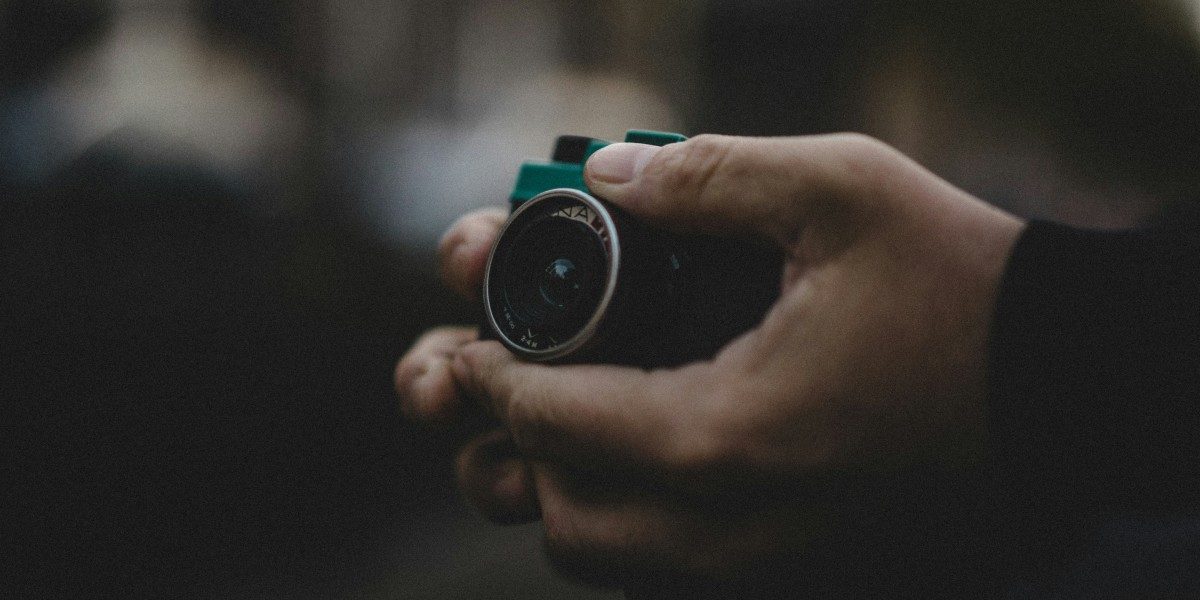Explore the comprehensive 2025 guide to selecting the premier photographic lens. Uncover key features, expert comparisons, and new trends to help you choose the suitable lens for your camera and creative vision.
What to Look for in Lenses in 2025:
Camera lenses arguably have been and will be an essential thing in any photographer’s toolkit. They have evolved a lot during the past decade, and with the arrival of new technologies, your next camera lens must be a significant upgrade from your current one. When choosing a new photographic lens in 2025, look for these specs in it:
1. Internal Optical Elements
Your entire lens works on its optics, and this is where your first focus should be. Look for lenses that have aspherical elements in their construction and feature extra-low dispersion glass in these elements. Your lens should also have nano-coatings on these elements, which result in flare resistance.
2. Focusing Speed
The newer generation of photographic lenses now comes with motors that feature silent and ultra-fast movement systems running with AI algorithms designed to take ultra-snappy pictures. This comes in handy, especially if you are into capturing fast-moving objects.
3. Materials in Build
Look for alloys like carbon and titanium in the lens constructions, which will give you much more durability. Such lenses are usually very lightweight as well.
4. Stabilization in images
Again, suppose you are into capturing fast-moving objects and are also in low-light environments. In that case, stabilization is a must for you both in the camera body and the camera lens. This will ensure that both your camera body and lens can minimize any shake. Look for a compensation range in the lens with at least 4 to 5 stops.
5. Something more than pixels
As manufacturers are rolling out more budget lenses in the market to target indie content creators, it is also causing saturation in the industry with the exact specifications in terms of video resolution and other standard specs. In 2025, the best photographic lens is not just a lens that can output higher resolution; it has to be cheaper, professional-grade, and compatible with full-frame cameras.
One such camera lens manufacturer is SIRUI, which has released a full suite of camera lenses designed for indie and professional content creators, photographers, and videographers, and delivers top-notch cinematic performance in their lenses without breaking the bank. The brand is easily resetting the benchmarks of the industry related to the cost required to achieve a certain level of performance.
One example is the SIRUI Aurora photographic lens, designed to enhance portrait shots with smooth bokeh and effective object isolation, even in low light conditions. The lens is built with high-end alloys and retains all the specs you will find in high-end camera lenses priced at thousands of dollars. SIRUI also released many anamorphic camera lenses, which are targeted towards videographers and can deliver studio-level cinematic footage for indie content creators, and put the top-tier lenses to shame.
How to Select a Lens Type:
Buying a capable lens is one thing, but knowing which one to buy and how expensive it should be is a skill. Learn which niche requires what kind of camera lenses, as it will secure your camera gear investment and guarantee solid results.
1. For Landscapes:
Since landscapes require more view in the frame, the lenses you are going to look for must be somewhere in between 14mm and 35mm in focal length.
2. For Portraits
Prime lenses with 50mm, 85mm, and 105mm are taken as standard for smooth bokeh and flattening compression, making the object look more natural and evident in the portrait with apparent object isolation.
3. For Sports
Since your distance will be quite far away from the object, your lens has to be in telephoto range and with breakneck shutter speeds. Look for lenses with focal lengths ranging from 70 to 200 mm and 300 to 400 mm for this category.
4. For macro shots
Such lenses are designed to create 1:1 magnification on the object and help capture small details. For macro shots, the range of 90 mm to 105 mm is usually taken as standard.
5. For architecture
Wide-angle and tilt-shift lenses are usually used for this kind of photography, with focal lengths ranging from 16 mm to 35 mm. The latter type of lens is used to correct perspective distortion in such pictures.
6. For Cinematic Shots
They are usually taken with lenses made to capture widescreen, with end-to-end details being preserved. Anamorphic lenses are generally preferred for this niche as they can maintain details, add cinematic flares, and add an artistic touch to still images.
7. Street Photography
For this, prime lenses with smart profiles and fast shutter speeds are preferred, ranging from 35mm to 50mm focal lengths.
Wrapping Up:
It is recommended to consider the above specifications and criteria before selecting your next photographic lens this year. Brands like SIRUI have introduced affordable and professional lens technology, offering products that provide competitive performance at a lower price point compared to high-end lenses.

















